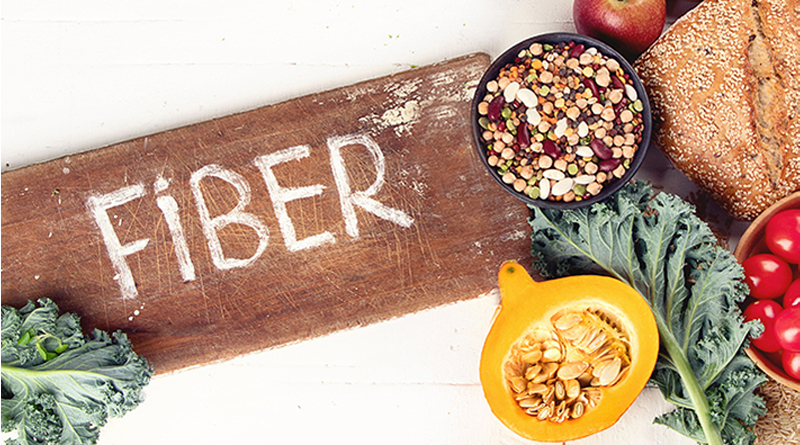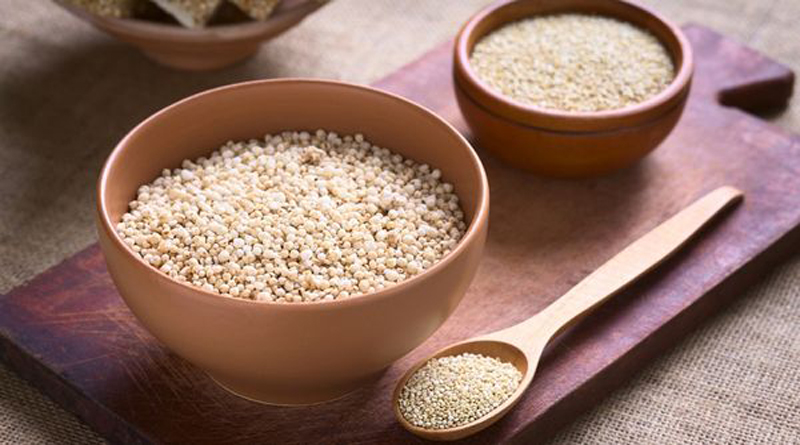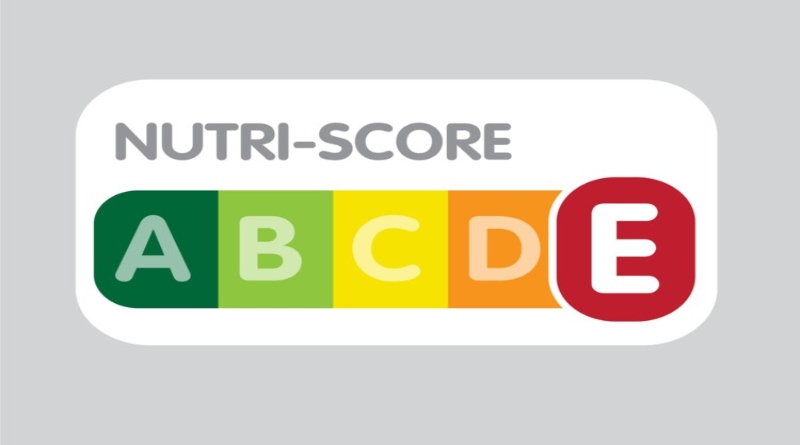Consumers are paying more attention to the fiber-content of their foods than ever before, as gut health shakes off its stigma for good. Ireland-based CyberColloids discusses this in its report about functionalized fibers. The company is highlighting these as a clean label replacement for hydrocolloids, which are classified as food additives in Europe. Meanwhile, consultancy company New Nutrition pegs 2020 as the year of inulin. Nutrition Insight takes a closer look at this unfolding space.
“Traditional food fibers are food ingredients and are natural but are typically low value and have limited textural functionality – hence their use as bulking agents. We are now seeing the growth of the functionalized fiber market. Examples include minimally processed fibers typically made from fruit, vegetable and other plant sources. More sophisticated and holistic processing techniques give clean label food fibers with textural and nutritional functionality,” says Sarah Hotchkiss, Project Manager at CyberColloids.
She explains that in recent years, the term functional has become particularly confused in literature. Traditionally, the term was given to fibers that gave some physiological or nutritional benefit, such as being used for fortification or enhancement. For example, the US Institute of Medicine defines functional fiber as consisting of “isolated, nondigestible carbohydrates that have beneficial physiological effects in humans.”
“The term ‘functional foods’ has also been linked to fiber-rich foods. With the emergence of new fiber products that bring technical or textural functionality, we are seeing the use of terms such as ‘highly functional’ and ‘functionalized’ in reference to these fiber products. Highly functional fibers show superior texturizing and stabilizing functionality that until recently, has only been provided by hydrocolloids,” Hotchkiss adds.
Key properties of functionalized fibers are remarkable water-binding capacity, fat mimetic properties and viscosity and gelling behavior. High functionality can stem from inherently present properties, but more usually, fibers are processed in some way to promote better functionality – therefore, they are “functionalized.”
Changing health goals
Historically, the food texture market was divided into the hydrocolloids and food fibers sectors, with some overlap in application, explains Hotchkiss. “Hydrocolloids, traditionally used to provide thickening and gelling functionality, often carry an E number and are expensive and dose-dependent. With consumer demand driving the trend for ‘less processed’ and ‘more natural’ food ingredients, there is some move away from using hydrocolloids in certain sectors.”
She notes that strong growth in the global fiber market is currently, and will continue to be, driven by health-conscious consumers who are demanding added benefits that go beyond basic nutrition. Growth is also being fueled by innovative new product development, in particular in healthier foods – such as with reduced sugar and fat formulations – and in functional foods.
Meanwhile, Julian Mellentin, Food and Beverage Consultant with New Nutrition, notes that prebiotic fiber inulin is having its moment in the sun thanks to strong consumer desire for less sugar, for more protein and for products that support digestive wellness. “Inulin has become a success as a natural sugar replacer, used in an ever-growing number of products, and its presence means that companies can also flag up the enhanced fiber content on the label,” he adds.
Inulin is a type of soluble fiber found in many fruits and vegetables, such as bananas, onions, wheat and chicory root. It is made up of chains of fructose molecules that are linked together in a way that cannot be digested by the small intestine. Instead, it travels to the lower gut, where it functions as a powerful prebiotic.
According to Innova Market Insights, prebiotics are key in supporting overall health and inner wellbeing. As a result, there has been a 37 percent annual growth in food and beverage launches tracked with a prebiotic claim and a feel-good claim (Global, CAGR 2014-2018).
Regulatory considerations
From a regulatory perspective, the key issue is whether functionalized fibers are approved as food ingredients or food additives, as different regulations and restrictions apply to the use of each, notes Hotchkiss. The regulatory environment also varies on a regional basis. For example, in the US, the Food and Drug Administration (FDA) published new guidance in June 2018, proposing that a variety of fibers, including inulin, be added to the list of approved dietary fibers. This led to a boom in fiber new product development in the following year.
One of the approved fibers was pectin, with CyberColloids now working on indigenous sources within fruit and vegetables from waste streams. The company has been able to produce gelling citrus and carrot fibers, allowing it to access the clean label market.
Meanwhile, there are several aspects to consider in Europe, including whether the fiber source material is classed as a food or whether it falls into Novel Foods territory. It is also crucial to consider whether the processes used to manufacture the fiber are approved, new or novel and if they give rise to significant changes in the composition or structure of the food ingredient so as to affect nutritional value, metabolism or level of undesirable substances.
Source: Nutrition Insight










